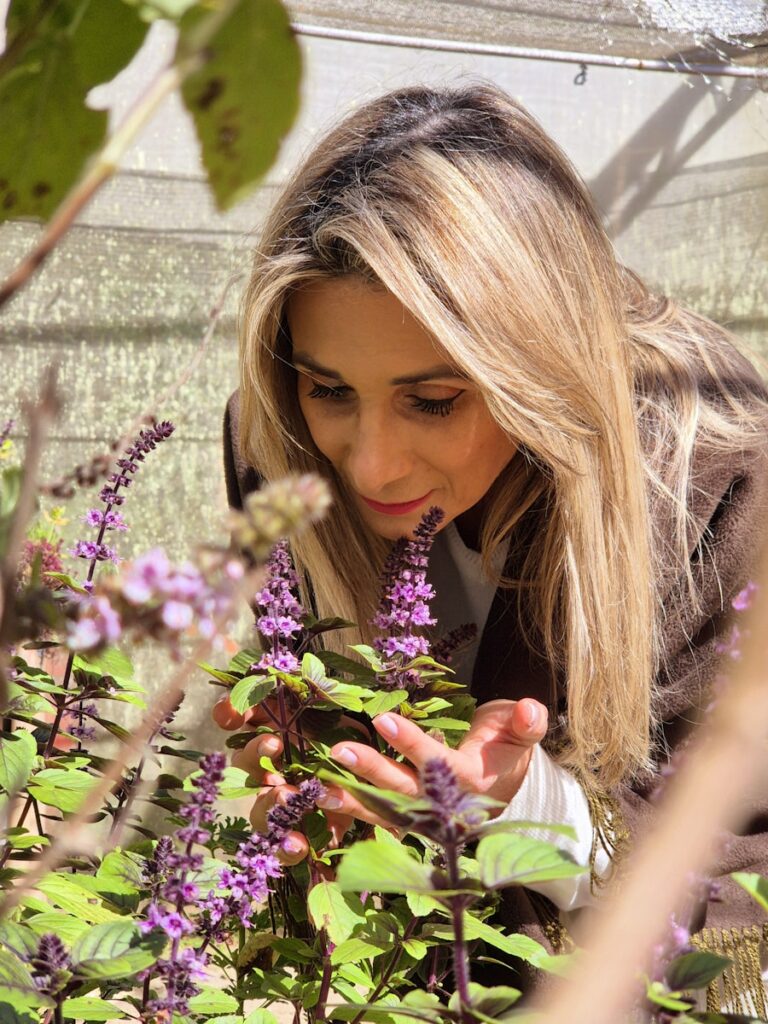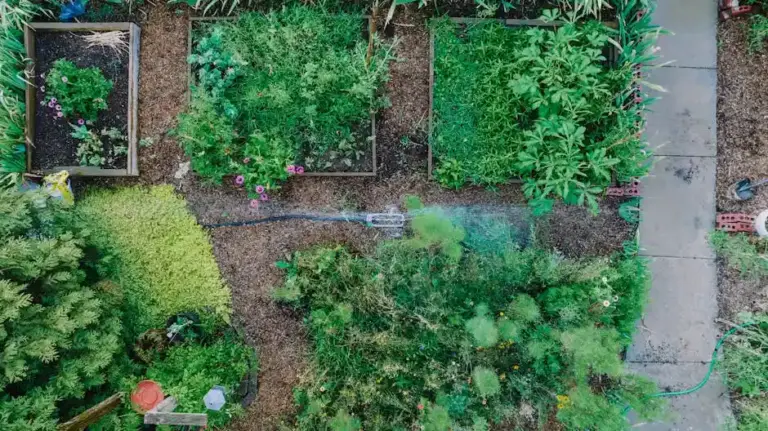How to Prune Safely Before the Deep Cold Arrives Tips for Healthy Plants and Winter Prep
Getting your garden ready for winter can feel overwhelming, especially when it comes to pruning. If you’re unsure about the best time or technique, you’re not alone.
Good pruning before the cold sets in can make a real difference for your plants. With a few careful steps, you can help your garden come back strong next spring.
Use sharp bypass pruners for clean cuts
Sharp bypass pruners make cleaner cuts, which is easier on your plants. Smooth cuts heal quickly and are less likely to invite disease.
Check your pruners before you start. If they feel dull or you’re struggling to cut, sharpen them with a stone or file.
Clean your pruners before sharpening. Always move the sharpener in one direction along the beveled edge.
Keeping your pruners sharp not only helps your plants, but also makes pruning less of a chore. You’ll have better control and reduce the chance of accidents.
Disinfect pruning tools with 70% alcohol between uses

Pruning can spread plant diseases if your tools aren’t clean. Disinfecting with 70% alcohol keeps bacteria and fungi at bay.
Keep a bottle of rubbing alcohol handy. Wipe the blades after each cut or when switching between plants.
Open your pruners wide to clean all the metal parts. Let them air dry before you start again.
Avoid bleach, since it can damage your tools. Alcohol is quick, easy, and safe for both your tools and your plants.
Prune on dry days to avoid fungal infections
Wait for a dry day before you start pruning. Dry weather helps fresh cuts close up faster, which keeps fungi from settling in.
Pruning on wet days means the cuts stay moist, making it easier for diseases to take hold. Dry branches are also easier and safer to handle.
Choose a clear day and keep your tools clean. This simple habit goes a long way in protecting your plants through winter.
Make cuts just above a bud or branch collar
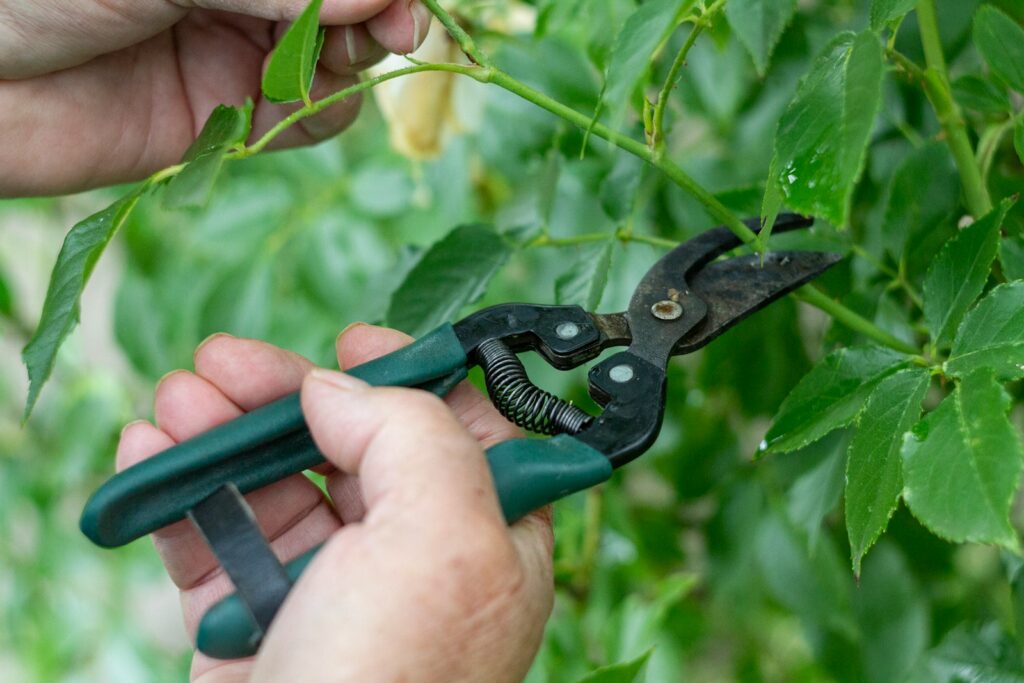
Always cut just above a healthy bud. This encourages outward growth and prevents branches from crossing.
For bigger branches, locate the branch collar where the branch meets the trunk. Cut just outside this area so the tree can heal naturally.
Don’t cut too close or into the collar. A clean cut outside the collar protects the plant from disease.
For small branches, cut about a quarter inch above a bud and angle the cut away from it. This helps water run off and keeps the bud healthy.
Avoid pruning when temperatures are below freezing
Never prune when it’s below freezing. Cold can dry out or freeze the cuts, making it harder for plants to heal.
Pruning in a freeze exposes plants to ice and wind damage. Wait for a warmer day to keep your plants safe.
If the forecast calls for a cold snap, hold off on pruning. Your plants will thank you for waiting until it’s milder.
Wait until plants are fully dormant for major pruning

Hold off on major pruning until your plants are fully dormant and leaves have dropped. This makes it easier to see what needs to go.
Dormant plants heal faster after pruning since sap flow is low. It’s also easier to shape your plants without leaves in the way.
Prune when it’s dry and above freezing for best results. Careful timing now means healthier growth in spring.
Prune deciduous shrubs after leaves have dropped
Wait until your deciduous shrubs have lost their leaves before you prune. Bare branches make it easy to spot what’s dead or damaged.
Focus on removing only dead, damaged, or diseased wood. Keep cuts small to avoid stressing the shrub.
Pruning after leaf drop helps your shrubs recover and get ready for new growth next season.
Avoid leaving stubs to prevent disease
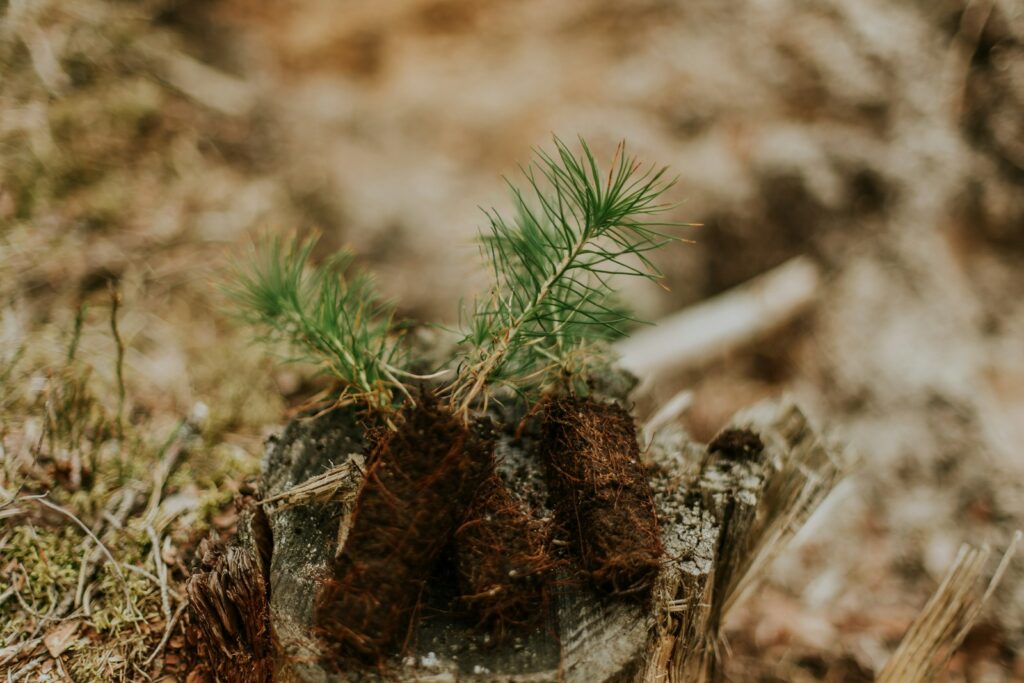
Don’t leave stubs sticking out after you prune. Stubs heal poorly and can attract disease or insects.
Make your cuts just outside the branch collar for the best healing. If you’re unsure, take your time or ask for help.
Good cuts help your trees stay strong through winter.
Pause pruning during deep cold below -10°C (14°F)
Stop pruning if the temperature drops below -10°C or 14°F. Fresh cuts can freeze and make your plants more vulnerable.
Cold snaps weaken plants and open wounds can become entry points for disease. Wait for a warmer stretch before picking up your pruners again.
Cut back damaged or dead branches first
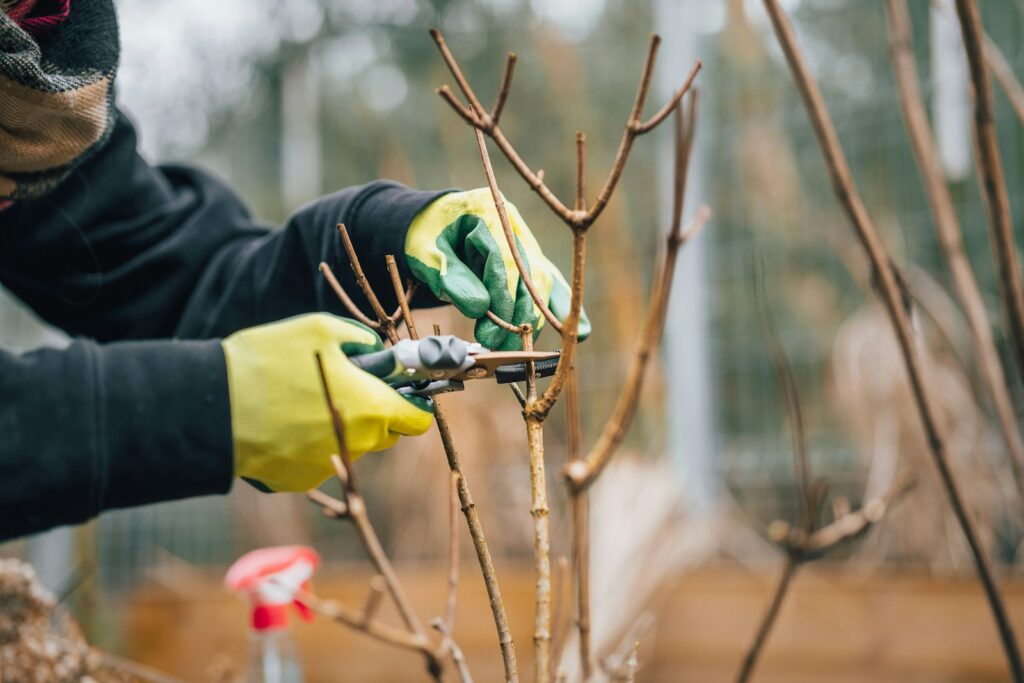
Start with any branches that are clearly dead or damaged. Removing these first helps keep the rest of the plant healthy.
Cut at the point where the dead or damaged branch meets healthy wood. Use sharp, clean tools for smooth cuts.
Tackle this job on a dry, mild day. It’s safer for you and better for your plants.
Understanding Safe Pruning Practices
Safe pruning means knowing which branches to remove and keeping your tools clean. A little extra care can make a big difference for your trees.
Identifying Vulnerable Branches

Look for branches that are dead, diseased, or damaged. These should be your top priority since they can harm the rest of the tree.
Check for branches that rub together or grow inward. Weak spots like forked trunks or V-shaped branches are more likely to break in storms.
Use sharp tools to cut just above the branch collar. This helps the tree heal faster.
Sterilizing Pruning Tools
Clean your tools before and after pruning to stop diseases from spreading. Rubbing alcohol works well for sterilizing blades.
Wipe blades carefully and sterilize when moving between different trees or unhealthy branches. Sharp, clean tools make every cut easier and safer.
Timing and Winter Weather Considerations
Paying attention to the weather is important when you’re planning to prune. Knowing when cold weather is coming helps you time your work.
Recognizing Signs of Impending Deep Cold
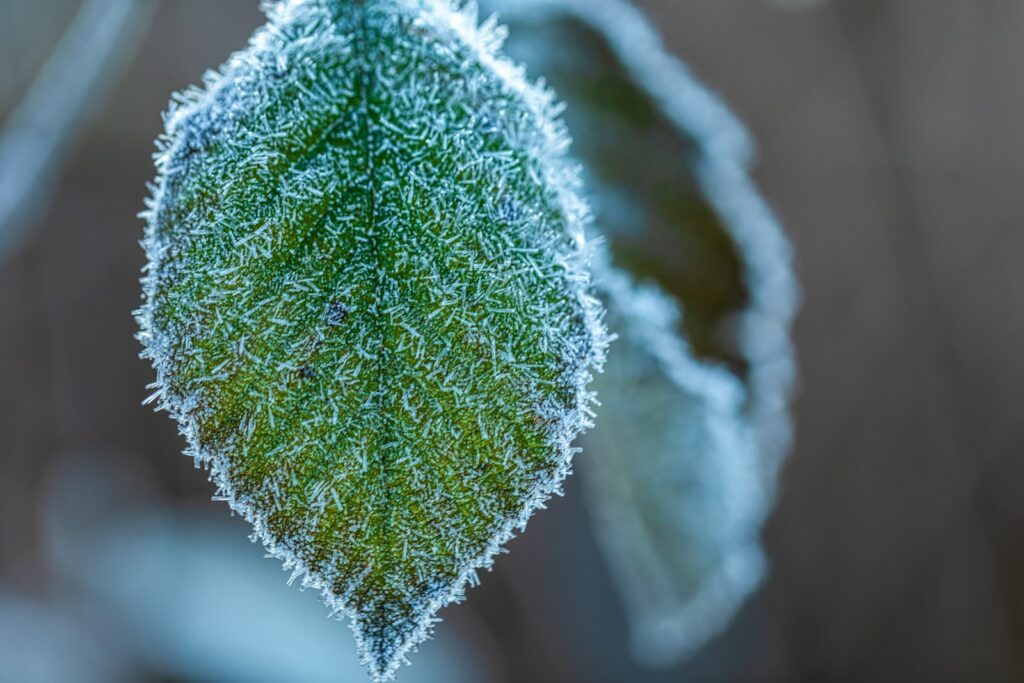
Watch for sudden temperature drops or early frost warnings. Local forecasts can help you plan ahead.
Natural signs like early leaf drop or plants going dormant are good cues. If nights are regularly freezing, it’s time to finish up.
Avoid pruning when plants or soil are wet, especially if a freeze is coming soon. Late winter, just before new growth, is often safest for pruning.
Protecting Plants After Pruning
After pruning, plants can be at greater risk from cold weather. Mulch around the base of trees and shrubs helps insulate their roots.
If a hard freeze is on the way, cover delicate plants with frost blankets or burlap. Steer clear of heavy plastic covers since they trap moisture and can do more harm than good.
Pruning on milder days with calm weather is a good idea. This allows cuts to heal better and puts less stress on your plants.
Keep an eye on the weather forecast. If cold temperatures are coming, be ready to protect your freshly pruned plants.


